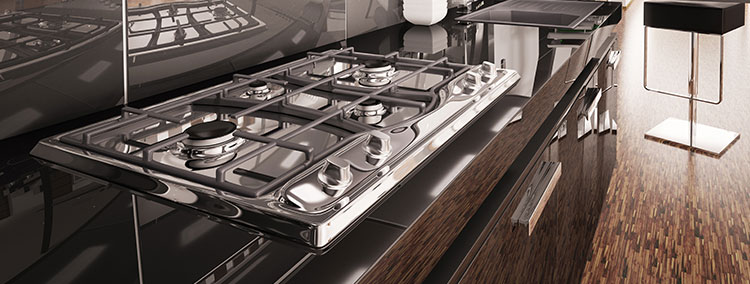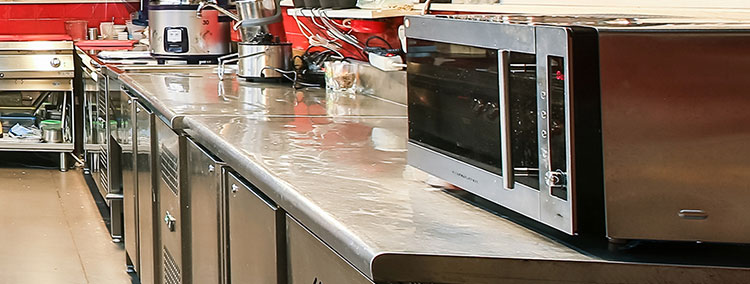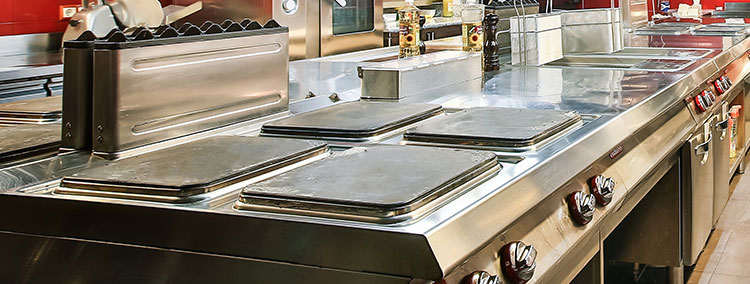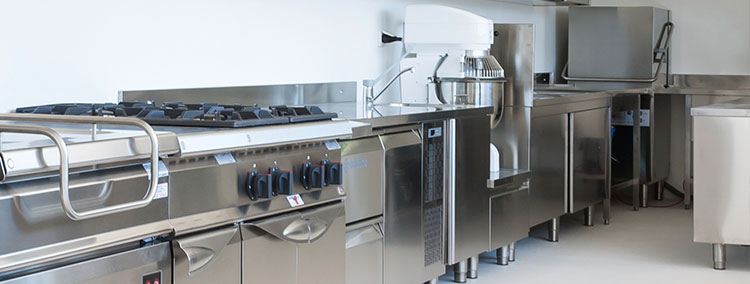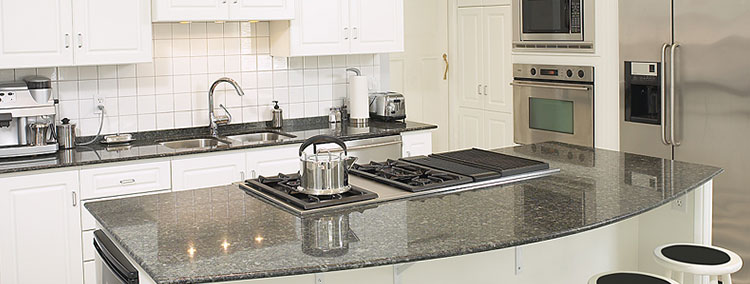Dishwashers have a spray arm that spins around and cleans all the dishes on its path. With this knowledge, you must be wondering whether it matters the direction you place the dishes facing, right?
Well, for proper cleaning, it matters the direction your dishes or bowls face. Bowls always go to the top rack. Those in the rear should face forward, while those in the front should face towards the back. This way, water will effectively reach them and give them the clean look you want.
For the plates to get clean, place them facing the center of the bottom rack.
Other valuable tips to get the most from your dishwasher
Besides strategically placing your dishes and bowls, you should consider plenty of other tips to get the most from your dishwasher. These tips as given by appliance repair professionals include:
Load the dishwasher properly
Everything begins here as there is no way you will get the most from your dishwasher if you don’t load it properly.
Before you do the loading, scrape off all large food pieces. Please note that you don’t have to pre-rinse the dishes—scraping them off is enough as they tend to come out much cleaner this way as they have some soil for the detergent to cling to and lift away.
When placing the bowls, angle them in such a way that the dirties surface faces downward, while leaving enough space for water to flow up and around each surface. There should be no nesting.
When it comes to the silverware, mix them up in the holder or alternate the spoons with one handle up and another down, to prevent the spoons from nesting against each other, covering the surfaces from detergents.
Before closing the dishwasher door, confirm that the spin arms are moving freely without hitting any surface. You also should check that you haven’t blocked the detergent dispenser with any large item.
Use hot water
The water you use to clean the dishes significantly determines the quality of your results. Dishwashers perform the best when the hot water is 120 degrees Fahrenheit. At these temperatures, the dishwasher will clean the dishes and remove any stains that might be present.
The best way to ensure that hot water always reaches your dishwasher is to use a water heater. Before cleaning the dishes, turn on the hot water tap in your kitchen sink and let the water get hot.
Use the right dishwasher detergent.
Like water, the detergent you use on your dishes goes a long way in determining your results. As a rule of thumb, use the right amount of detergent and choose one that provides the necessary ingredients for a deep clean.
If you have hard water in your system, use more detergent for every load or a booster.
Ensure that the detergent you use is fresh and not clumping for the best outcome. If using liquids, give them a good shake before using. Also, break up any lumps in the powdered formulas.
Don’t overload
While the dishwasher saves you time and effort, don’t try to overdo it by cramming all the dirty dishes in the appliance, as it won’t do proper cleaning, and you will have to redo the cleaning, which beats the whole purpose of owning the dishwasher in the first place.
If your dishwasher is overcrowded, the detergent and water can’t effectively circulate to clean the dishes thoroughly. In some cases, the situation is even dire as the dishes don’t clean at all.
If you have large loads that need cleaning, don’t try to clean all of them at once—separate them into smaller loads. You can also roll up your sleeves and hand wash some items.
Use the right cycle settings.
Thanks to advances in water and energy usage, dishwashers have different settings ideal for different dishes. To tell which setting you should use for your dishes, refer to your manual.
Dishwasher repair Northern VA professionals highly discourage against using the standard setting for all your washing as it’s a recipe for disaster. For example, if you use the standard-setting on fragile wine glasses, there are chances of the glasses cracking and don’t want this, do you?

